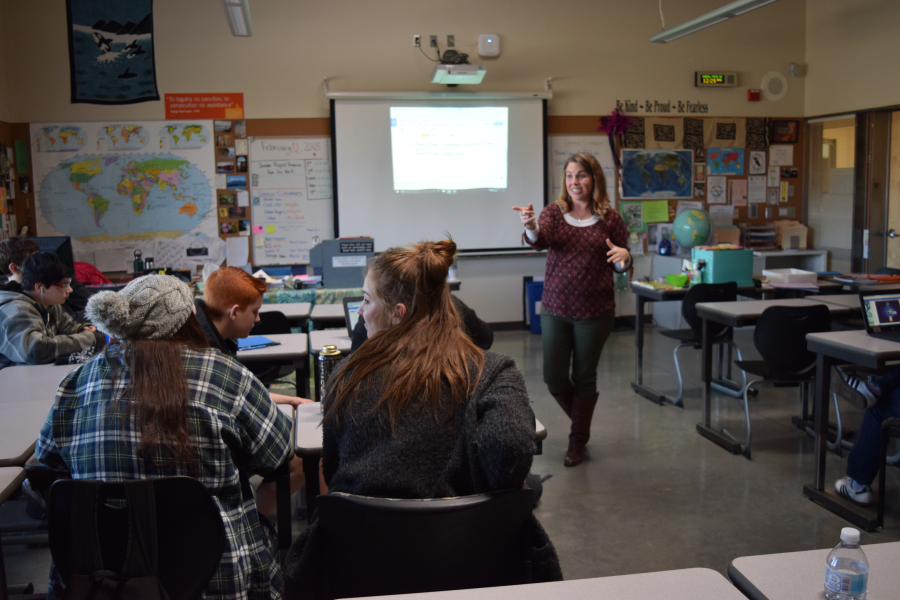Monica Winkley, social studies and mindfulness teacher at Hayes Freedom High School, often starts her class by asking students, “What are you present to? What are you bringing into the room?”
By asking this question, Winkley said she is doing a formal check-in with her students to understand where their minds may be, while also giving the student a way to hear themselves and be acknowledged by others.
A part of the classroom routine for these high school students also includes taking a minute to just breathe.
Winkely said she started to incorporate this breathing technique to set aside just one minute for students and herself to not have any other expectations other than just breathing as deeply and completely as possible.
While these actions are small, they play a role into a larger idea called the Camas Wellness Strategy.




